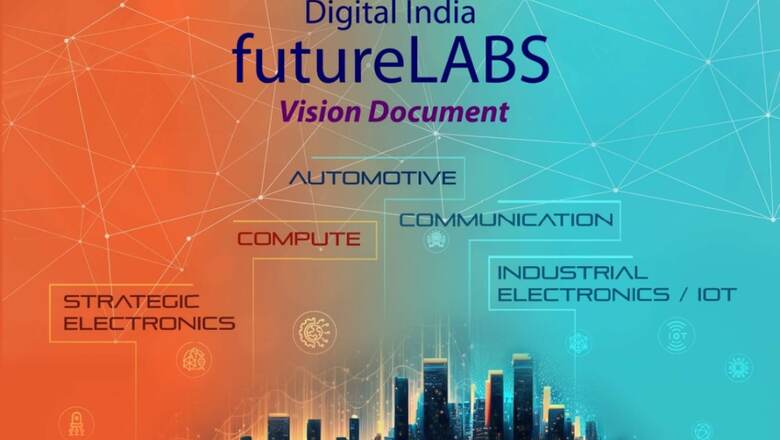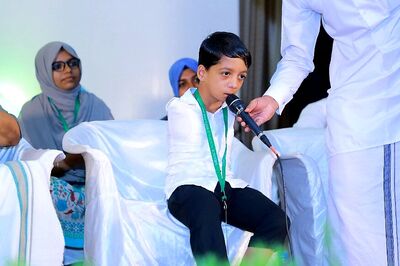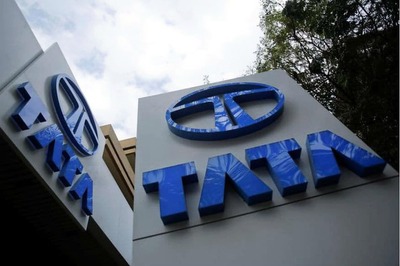
views
Union Minister of State for Electronics and IT, Skill Development and Entrepreneurship Rajeev Chandrasekhar recently inaugurated the ‘Digital India futureLABS’ at IIIT-Delhi. The initiative, led by the Centre for Development of Advanced Computing (C-DAC), is poised to harness the vast potential of the Electronics System Design and Manufacturing (ESDM) sector, targeting a trillion-dollar opportunity.
The Digital India futureLABS aims to ascend the value chain, reinforce domestic research and development, and foster a collaborative environment for the advancement of intellectual properties (IPs), standards, and next-generation electronics system design across various domains.
With a strategic focus on Computing, Communication, Automotive & Mobility, Strategic Electronics, and Industrial IoT, the initiative is set to leverage cutting-edge technologies such as AI, big data, and quantum computing, signalling a pivotal shift in India’s technological landscape.
Through the Digital India futureLABS, the government has introduced a vision till FY 2027-28. An official document outlining detailed the roadmap for the next four fiscal years across key technology sectors.
Automotive Sector
The automotive industry, rapidly evolving towards electric vehicles (EVs), onboard sensors, and autonomous mobility, is set to receive a major boost through the Digital India futureLABS initiative. Key focus areas include research in EV technologies, vehicle-to-grid integration, and urban air and underwater mobility solutions. The roadmap outlines plans for the development of automotive chipsets, connected and autonomous vehicle systems, as well as advancements in sensor technologies and renewable energy solutions.
Computing Technology
With a vision to establish India as a global hub for research and innovation in computing-related infrastructure, the roadmap for Computing Technology encompasses high-performance computing, quantum computing, indigenous microprocessors, and blockchain technology. Planned initiatives include the deployment of advanced computing systems, indigenous quantum computing facilities, and the development of blockchain frameworks and indigenous operating systems.
Communication Domain
In the realm of communication, the focus is on next-generation wireless networks and IoT solutions to cater to the needs of a fully connected world. The roadmap highlights research areas such as RFIC/MMIC technologies, 5G/6G cellular technology, 6G cellular technology stack and India-specific communication architectures. Plans also include the development of advanced communication hardware and cellular applications tailored to Indian requirements.
Strategic Electronics
It plays a crucial role in ensuring national security and strategic outcomes. The roadmap outlines plans for the development of systems/platforms, strategic communications, and next-generation materials. Key initiatives include the development of underwater vessels, anti-drone systems, semiconductors, full authority digital system control for passenger drones/flying cars, and advanced communication technologies tailored for military applications.
Industrial IoT
The Industrial IoT sector aims to develop deterministic response systems for manufacturing and industrial control applications. The roadmap includes initiatives such as the development of system-on-chips (SoCs), IoT sensing and actuation solutions, and communication protocols for industrial electronics. Plans also encompass the development of security frameworks for industrial IoT systems.
Each sector’s roadmap provides a comprehensive overview of planned activities for the next four fiscal years, along with projections for key milestones and technological advancements. The government’s vision, as outlined in these roadmaps, underscores its commitment to fostering innovation, driving indigenous technology development, and positioning India as a global leader in the technology landscape.




















Comments
0 comment